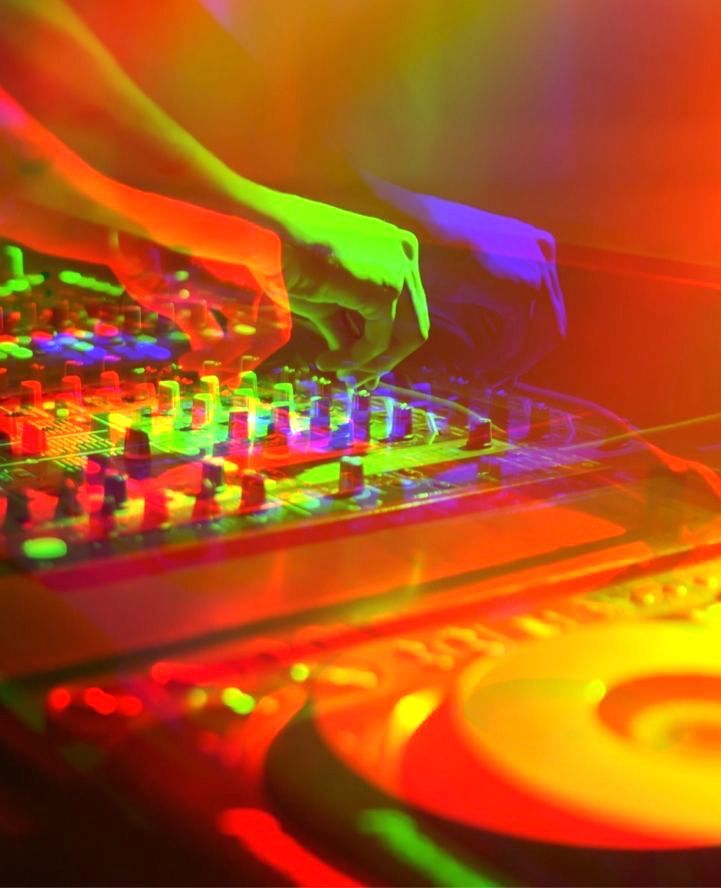Now, for the sake of simplicity let’s say a track has three potential musical “elements” – vocals, melody, and bassline. What you’re looking for is to match those elements up, so there is only one of each going on, in order that they complement each other.
So if you have a track that has a bassline playing, mix in another track that has a melody playing, or a vocal (or both).
If you have a track that has a bassline and vocal in it, at the point of transitioning, try mixing in a track where the bassline is playing.
By matching up the elements, as long as those tracks are in the same or a compatible key, the chances are high that it will sound awesome – you’re harmonically mixing, and it will instantly sound musical.
Mixing in key vs changing key
In forums and subreddits, you’ll often come across DJs sharing their theories of how best to use the Camelot Wheel for keymixing. They’ll say things like “I get good results mixing across the wheel” and “to change key, mix up or down by X number of tiles” and so on.
There is often certain merit in what they’re saying, but that is not what the Camelot Wheel is primarily for, or what this article is about.
This article is about what to do when you want to “overlap” two tracks, and have the musical information in both tracks sound good when played at the same time. For that, the only “right” way to use the Camelot wheel is exactly as we’re describing here.
Remember, the Camelot Wheel is an adaptation of the Circle of Fifths, an established musicians’ tool designed for this purpose. It jettisons any pretence of showing the keys in “note” order, to instead show those that work harmonically together.
So 2A is NOT a note “higher” than 1A, and it is NOT a note “lower” than 3A. It’s important you remember this when trying to understand such discussions.
But what if you do want to “change” key? Well, many years ago one of our students made a graphic that shows you what key on the Camelot Wheel you’d move to if you were to move up or down by one or two notes – we named it “Ferdinand’s Strip” after him. Here it is:

So for a key of 2 (A or B), if you moved it down a note it’d be 7, up a note it’d be 9, down 2 notes it’d be 12, up 2 notes it’d be 4.
This can be a useful thing to have, so we’ve included it in the downloadable, printable key graphics handout.
Click here to get the free keymixing printable charts pack.

